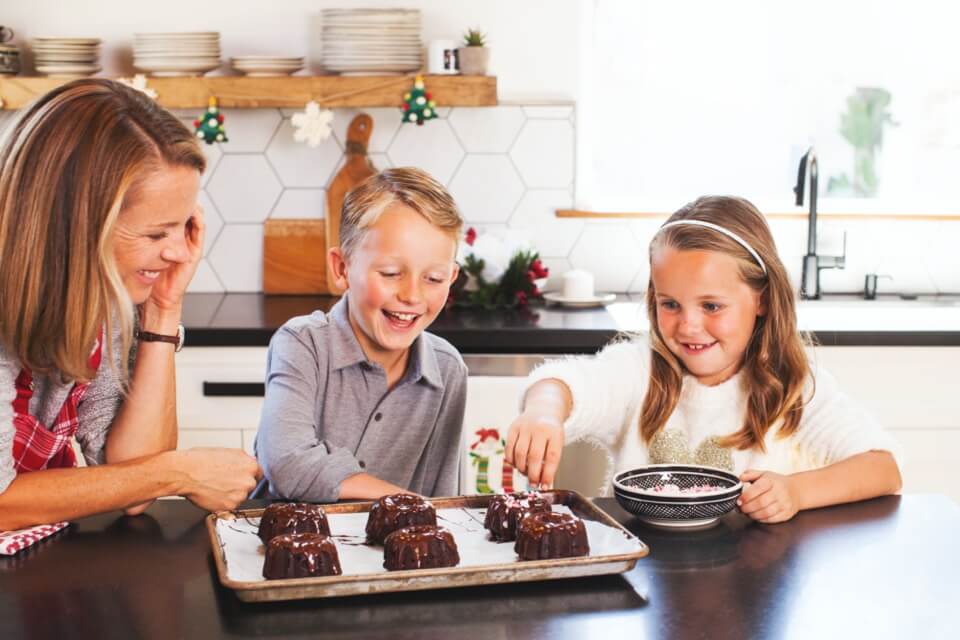The holidays are a perfect time to bake treats for teachers, neighbors, co-workers, and hostess gifts. What better goodie can you offer than mini-Bundt cakes? Decadent, festive, and deceptively easy to bake, mini Bundt cakes can be packaged and presented as a show of appreciation. In fact, they’re so easy to make, kids can get in on the action, too.
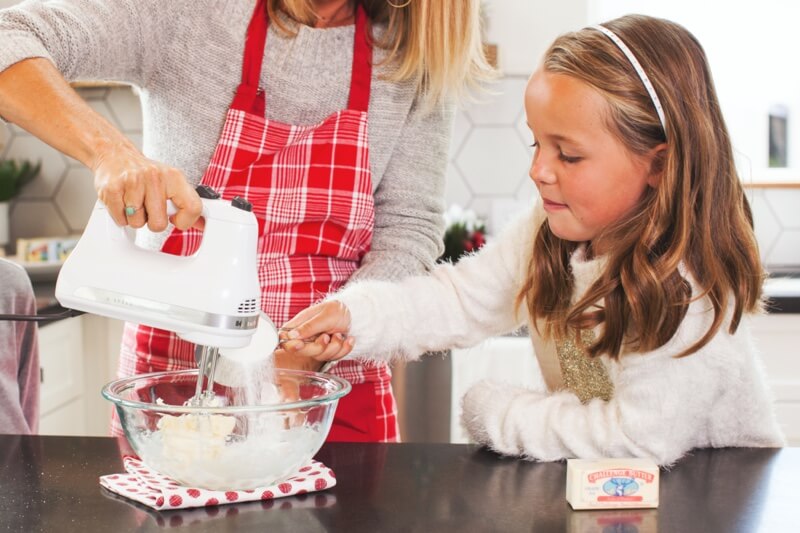
We offer two mini Bundt recipes, perfect for sharing throughout the holidays. Bake our Chocolate Peppermint Mini-Bundt Cakes and Vanilla, Cranberry and Orange Mini-Bundt Cakes, rich with butter and the flavors of the season. Here, we provide tips for anyone to make and gift picture-perfect mini-Bundts. So turn up the holiday music, don your apron, and have fun bringing tidings of comfort and joy.
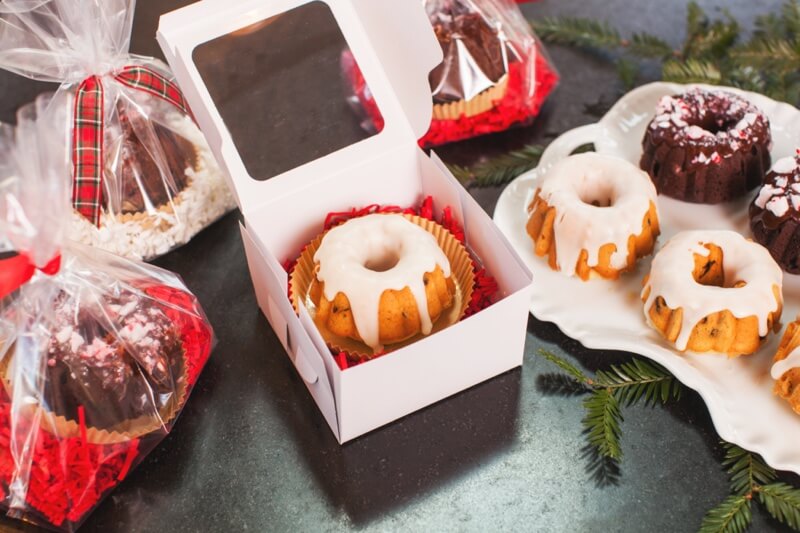
Though inspired by the traditional ring-shaped kugelhopf cake of Austria, the Bundt pan we know today was invented in 1950 by brothers H. David Dalquist and Mark S. Dalquist, co-founders of the Minnesota cookware company, Nordic Ware. The intricate, sculptural shape of the pan – and the cakes baked in it – became wildly popular during the 1960s, and still are.
Tips for Baking Mini-Bundt Cakes
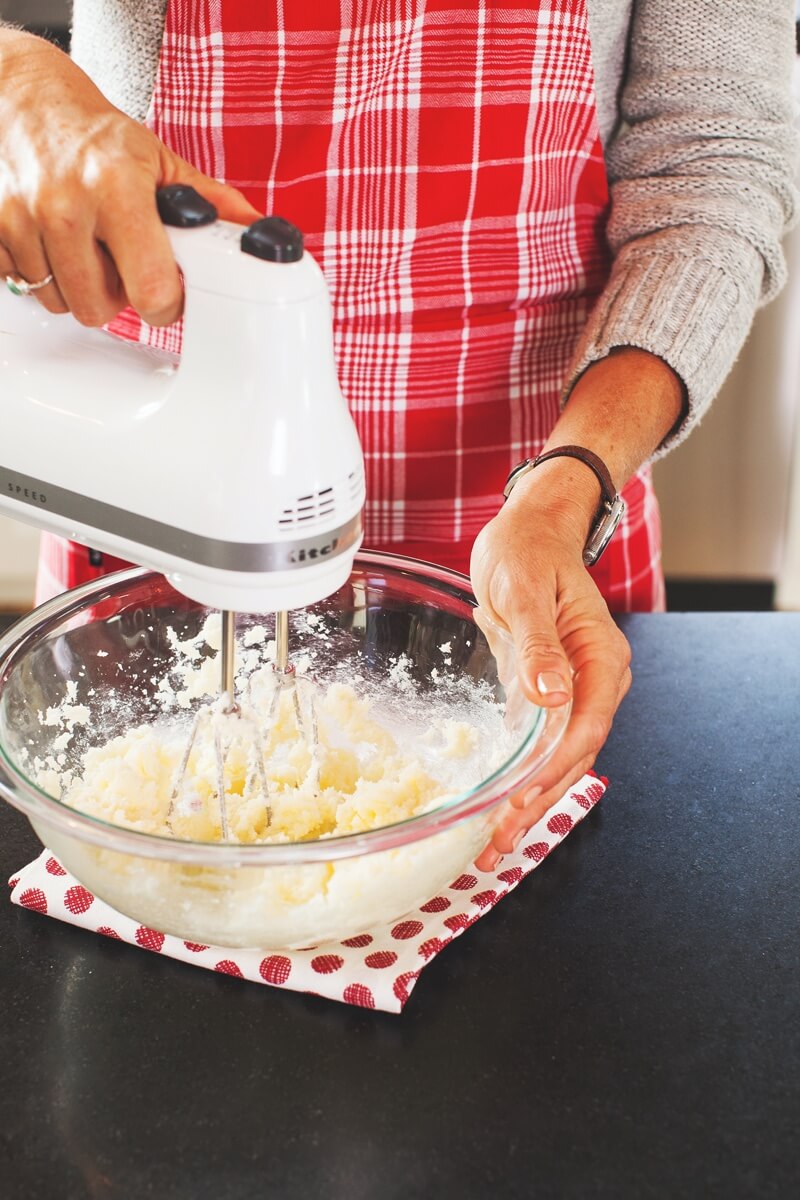
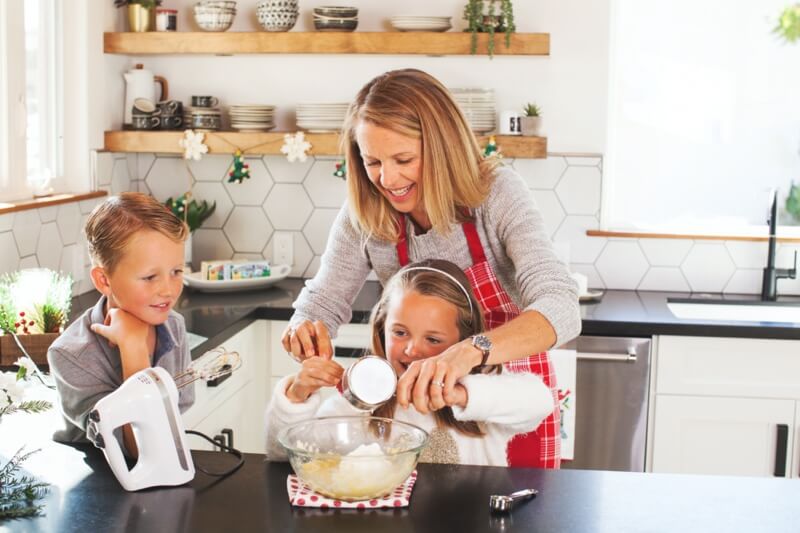
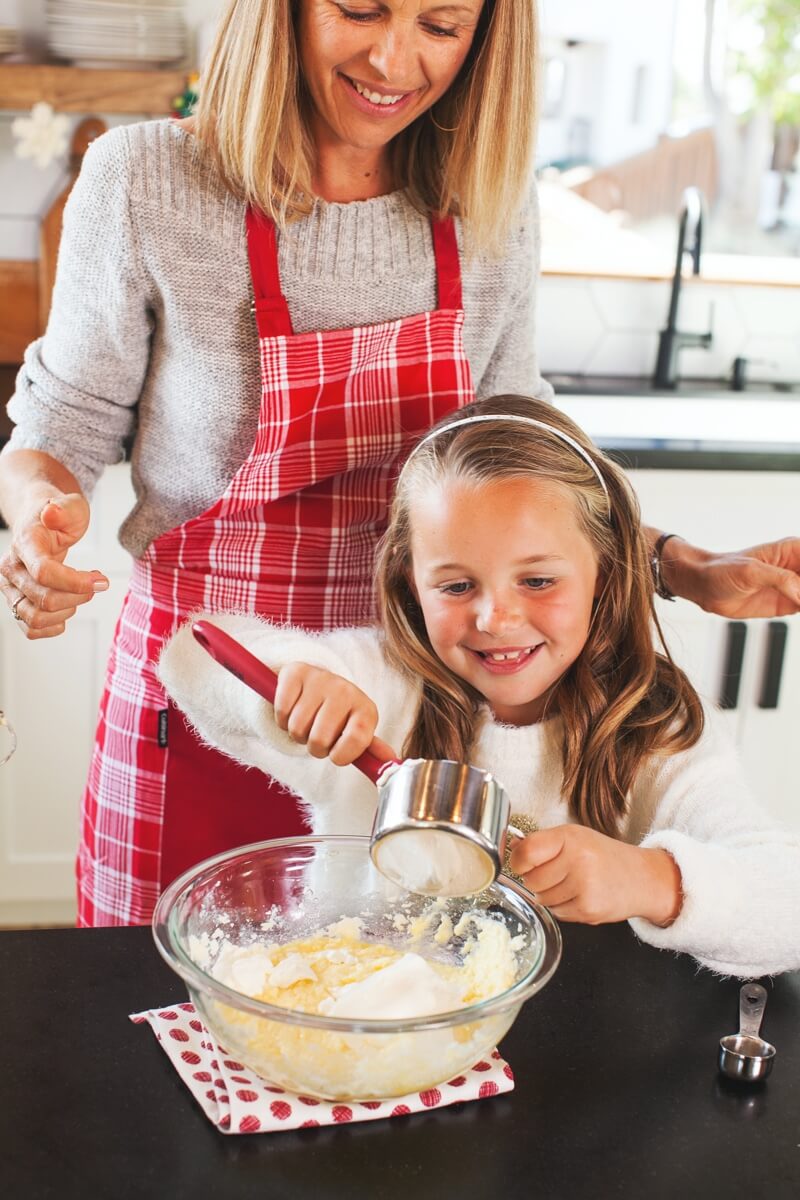
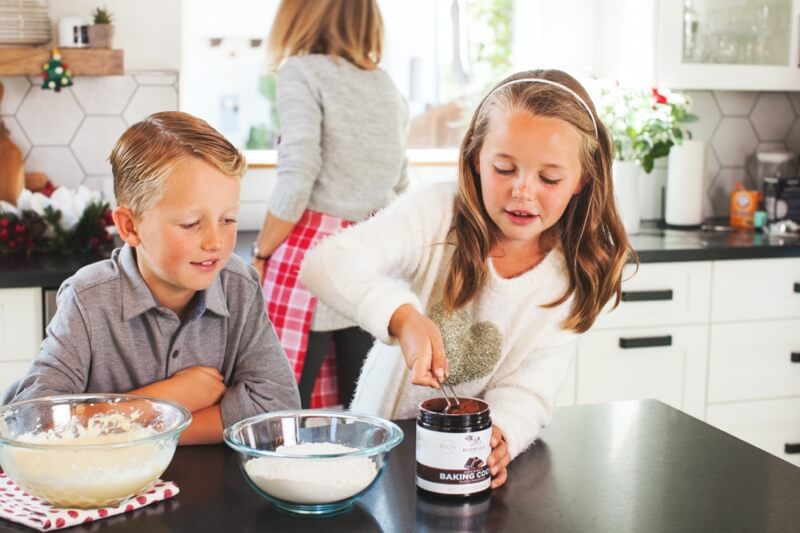

Start with softened butter. One challenge to baking mini-Bundt cakes is ensuring that cake doesn’t stick to the fluted inner edges of the pan. To prevent breaking the surface of the cake, make sure your Challenge Butter is at room temperature, pulled out of the refrigerator 60 minutes prior to using.
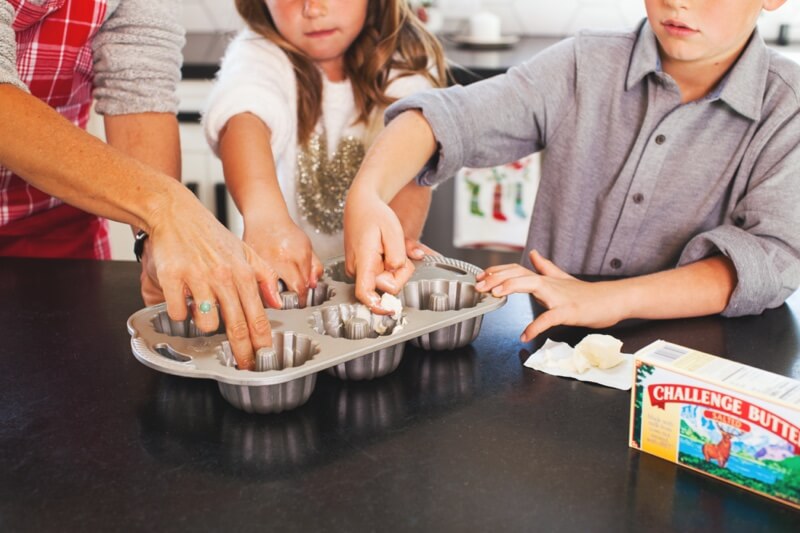
Apply butter with a pastry brush. Even the most non-stick of Bundt pans needs extra help. Using a pastry brush to grease your mini-Bundt pan prevents cake from sticking to its inner ridges. Place a nob of softened butter inside each Bundt cup and dab it with the pastry brush at several angles, along the sides and deep into the bottom, for the best coverage.
Follow butter with a dusting of flour. After buttering the it thoroughly with a pastry brush, take the additional step of flouring your pan, as well. Spoon a small amount of flour into each mini-Bundt cup, sprinkling into as many nooks and crannies as possible. Then, tap the pan lightly while tipping it to spread the flour thoroughly in each cup. Once the bottom and sides are completely dusted, turn the pan over a trash can or sink to discard any excess flour.
Don’t overfill your mini-Bundt pan. It’s tempting to top each mini-Bundt cup with batter, but doing so will cause them to overflow when the cake expands. Instead, use the general rule of 1 cup batter per mini cake ― about 2/3 of the way full ― to bake cakes that stay within their cups and are evenly sized.
Keep an eye on cakes while baking. Though our recipes for Chocolate Peppermint Mini-Bundt Cakes and Vanilla, Cranberry and Orange Mini-Bundt Cakes call for baking in a 325°F oven for 20-25 minutes, every oven is different. To monitor the mini-Bundts for doneness, turn on your oven light for a visual check every 5-10 minutes, and use your nose to stay on alert for the scent of fully baked cake. (In fact, practice identifying doneness by scent for any baked goods. It is often the best indication of when treats should be pulled from the oven.)
Confirm doneness with the toothpick test. To ensure that the mini-Bundts are done, poke a toothpick into the center of a cake and remove it. If it comes out with wet batter clinging to it, the cakes aren’t yet baked through. If, however, the toothpick comes out clean or with a few baked crumbs on it, the cakes are done.
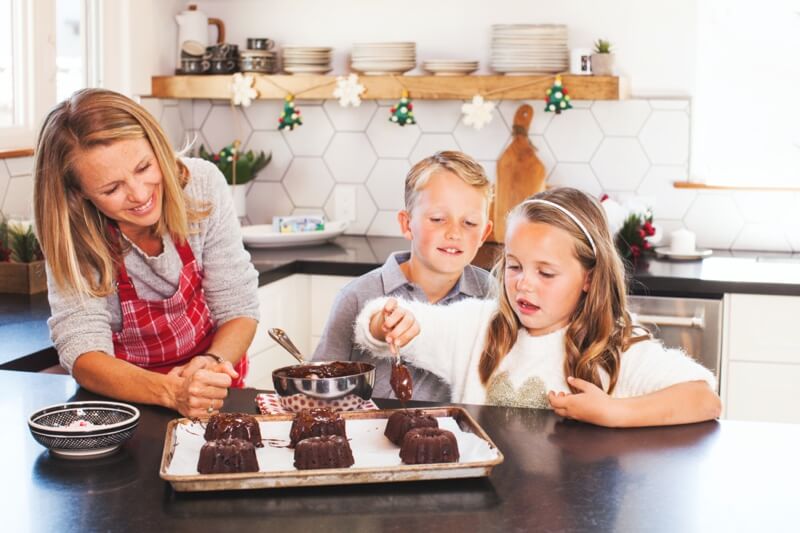
Let the cakes cool completely before glazing. Cooling Bundt cakes is very important for avoiding stickiness and to keep any glaze from overheating and becoming thin. Start by allowing the cakes to cool in the pan for 10 minutes, then turn them out slowly and gently onto a rack to cool completely. Once they are cool to the touch, make your glaze and drizzle carefully over each cake.
Let the glaze dry completely, too. After you drizzle glaze on the cakes, allow it to set, ideally for 2 hours, before packaging them for gifting. This will help harden the glaze to avoid smearing and mess.
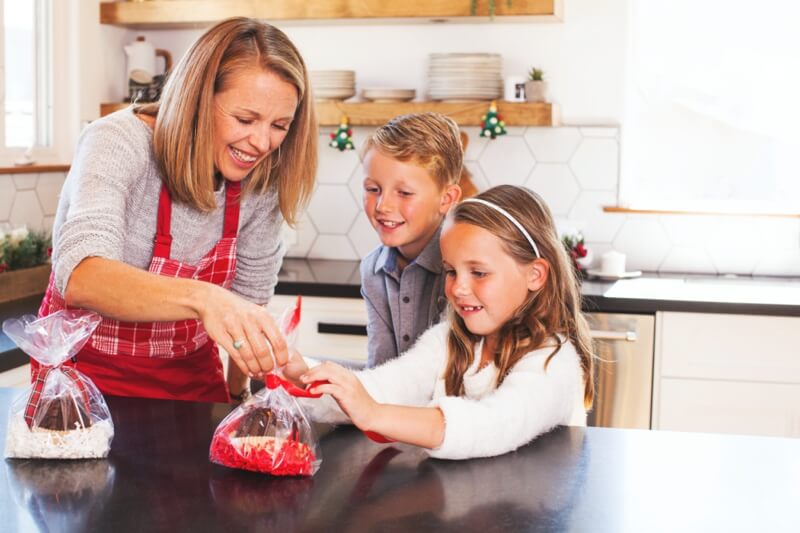

Get creative with your presentation! There are so many options for packing up these cute and tasty mini-Bundt cakes as gifts. Try placing cakes in a cello bag with crinkled shredded paper and tied with a festive bow. Or find clear-topped bakery boxes in specialty or craft stores, sized specifically for mini-Bundts. No matter how you package your gifts, they’re sure to get everyone in the holiday spirit.
Chocolate Peppermint Mini-Bundt Cakes
Ready to feel the fa-la-la-la-la? Pull out your mini-Bundt pans to make these beautiful little cakes, aromatic with rich chocolate and sweet peppermint.
Prep
20 min
Cook
25 min
Servings
12 mini-cakes
Chocolate Peppermint Mini-Bundt Cakes
- ¾ cup (1 ½ sticks) Challenge Dairy Butter, softened
- 1 ¼ cups sugar
- 1 cup sour cream
- 2 eggs
- 2 teaspoons peppermint extract
- 3 cups all-purpose flour
- ¾ cup unsweetened cocoa powder
- 2 teaspoons baking soda
- ½ teaspoon salt
- 1 cup milk
- 1 cup chocolate chips
Chocolate Ganache
- 1 cup half and half
- 2 cups chocolate chips
- 1 teaspoon vanilla
- 2 Tablespoons Challenge Dairy Butter
Directions
-
1
Preheat oven to 325°F and position rack in the center. Generously butter two mini-Bundt pans with six (1 cup) forms and lightly dust with flour.
-
2
Cream butter and sugar. Beat in sour cream, eggs and peppermint extract. Stir together flour, cocoa, baking soda and salt. Add dry mix to creamed mixture alternating with the milk. Mix until well blended.
-
3
Fold chocolate chips into batter.
-
4
Spread batter into prepared Bundt pan, filling each cup about ⅔ full.
-
5
Bake for 20-25 minutes, until toothpick inserted near center comes out clean.
-
6
Cool in pan for 10 minutes, then turn out onto wire rack or serving plate to complete cooling before adding ganache.
-
7
For ganache, combine half and half with chocolate chips and melt over low heat in a small sauce pan. Stir until chips have melted and then add vanilla and butter. Stir to combine and then let cool before pouring onto cakes.
Vanilla, Cranberry and Orange Mini-Bundt Cakes
Studded with cranberries and infused with orange and vanilla, these mini-Bundt cakes smell heavenly while baking. Their sweet glaze and elegant shape make them even better to eat.
Prep
20 min
Cook
25 min
Servings
12 mini-cakes
Mini-Bundt Cakes
- ¾ cup (1 ½ sticks) Challenge Dairy Butter, softened
- 1 ¼ cups sugar
- 3 large eggs
- 1 ½ Tablespoons freshly grated orange zest, from 2 oranges
- 4 Tablespoons orange juice
- 1 ½ teaspoon vanilla
- 3 cups flour
- 1 teaspoon baking powder
- ½ teaspoon baking soda
- ½ teaspoon salt
- ¾ cup buttermilk
- 1 cup sweetened dried cranberries
Vanilla Butter Glaze
- 1 ½ cups confectioners’ sugar
- 2 Tablespoons half and half
- ¼ teaspoon salt
- ½ teaspoon vanilla extract
- 2 Tablespoons Challenge Dairy Butter, melted
Directions
-
1
Preheat oven to 325°F and position rack in the center. Generously butter two mini-Bundt pans with six (1 cup) forms and lightly dust with flour.
-
2
Cream butter and sugar. Beat in eggs, orange zest, orange juice, and vanilla. Stir together flour, baking powder, baking soda, and salt. Add dry mix to creamed mixture alternating with buttermilk. Mix until well blended.
-
3
Fold cranberries into batter.
-
4
Spread batter into prepared Bundt pan, filling each cup about ⅔ full.
-
5
Bake for 20-25 minutes, until toothpick inserted near center comes out clean.
-
6
Cool in pan for 10 minutes, then turn out onto wire rack or serving plate to complete cooling before adding glaze.
-
7
For glaze, combine ingredients in a small bowl and stir together until there are no lumps. To adjust the consistency, add more or less cream. For a smooth glaze, pour through a strainer before topping cakes.

